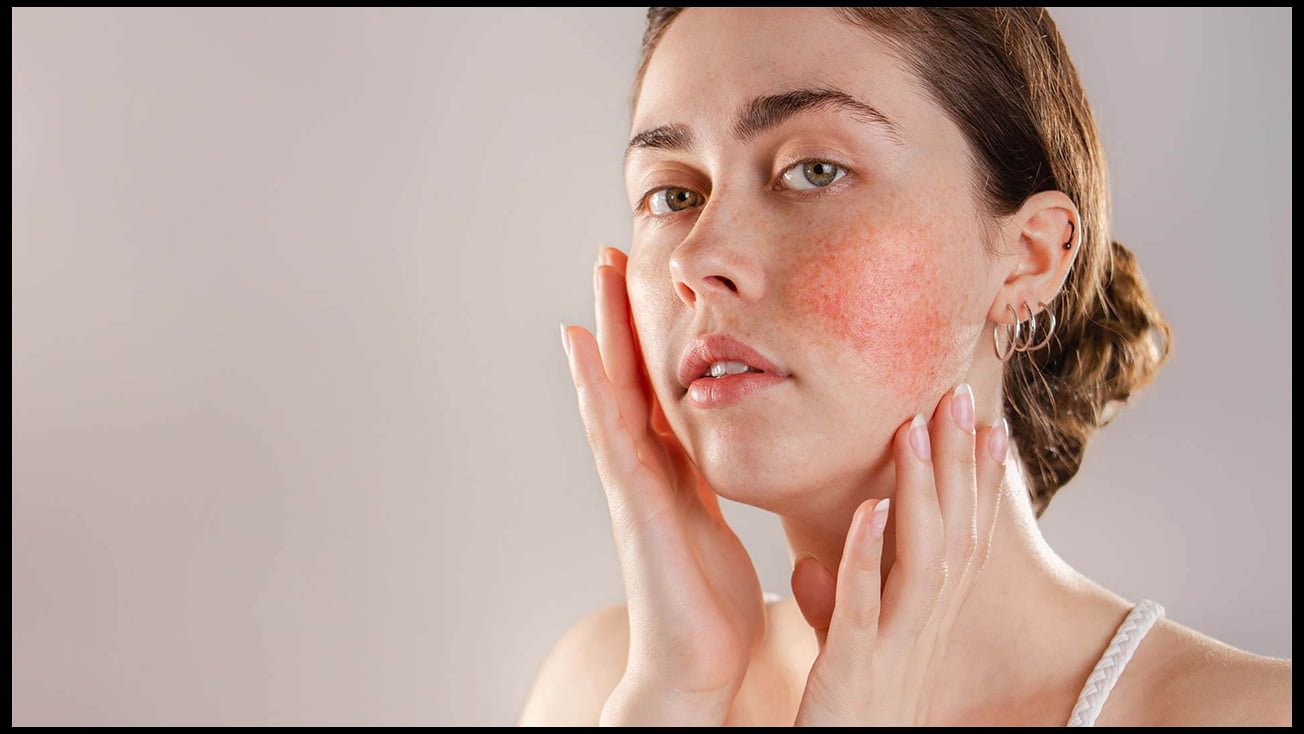What is Rosacea?
Rosacea (rosacea-acne. rosacea-rosacea), also known as rosacea, is a skin disease that causes small red rashes, pus-filled swellings and visible blood vessels, especially on the face, nose, cheeks and forehead.
Rose disease may occur due to the following factors:
- Exposure to sunlight
- Intense cold or hot weather
- Stress
- Alcohol and caffeine consumption
- Hormonal changes
- Hot and spicy foods
- Intense exercise
- Skin and/or hair products used
- Consumption of food-products containing cinnamaldehyde (tomatoes, citrus fruits, cinnamon, chocolate, etc.)
In addition, genetic predisposition, problems in blood vessels, immune and nervous system, skin mites such as demodex and intestinal bacteria are among the factors that cause rosacea.
Rosacea (rosacea) Treatment
Rosacea is a disease caused by the skin structure, unfortunately it is not possible to get rid of it completely. The disease can continue for many years and tends to ease over time.
With appropriate medical treatment for rosacea, skin care, patient education about triggers, and the addition of cosmetics suitable for the skin structure to the medical treatment, exacerbations can be prevented in many patients and symptoms and complaints can be kept under control.
Medical treatments include topical and systemic ivermectin, tea tree oil (TTO) lotions and creams, isotretinoin, a vitamin A derivative, and antibiotics such as metronidazole and tetracycline in the presence of inflammatory acne.
Diluted botox, laser and light systems are used for redness. Broadband light (BBL) therapy significantly reduces both the severity and frequency of attacks in patients who have received medical treatment.

